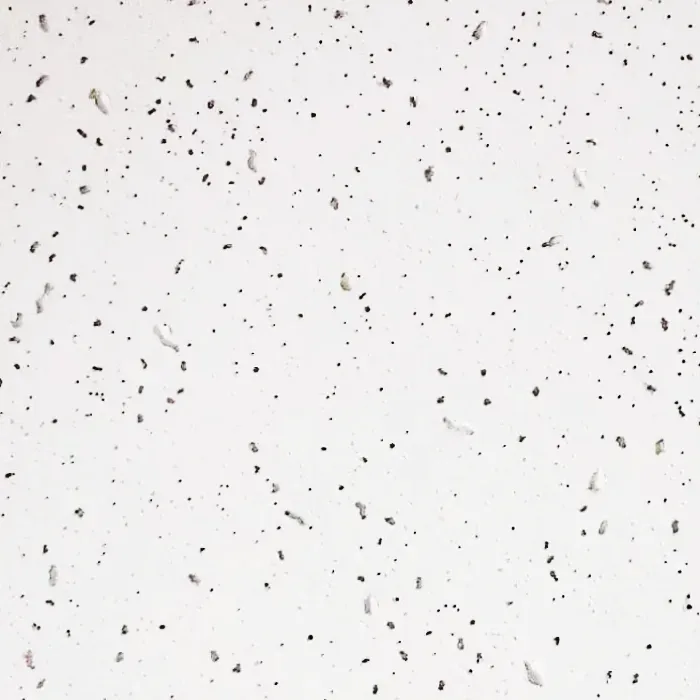Nov . 10, 2024 13:38 Back to list
Suspended Ceiling Grid Systems for Drywall Installation and Design Solutions
Suspended Drywall Ceiling Grid An Overview
Suspended drywall ceiling grids, often referred to as drop ceilings or false ceilings, have become a popular choice for both residential and commercial applications. This innovative architectural solution not only enhances the aesthetics of a space but also serves numerous functional purposes. In this article, we will explore what suspended drywall ceiling grids are, their benefits, installation processes, and some design considerations.
What is a Suspended Drywall Ceiling Grid?
A suspended drywall ceiling grid is a framework that is installed beneath an existing ceiling to support drywall panels. The grid is typically made from metal or special lightweight materials and is suspended by wires connected to the overhead structure. The drywall panels are then attached to the grid, creating a clean and seamless ceiling surface that hides the original ceiling and any unsightly wiring, plumbing, or HVAC components.
Benefits of Suspended Drywall Ceiling Grids
1. Aesthetic Appeal Suspended ceilings provide a modern, sleek appearance and can significantly improve the look of a room. They offer smooth surfaces that can be painted or finished to match decor, allowing for greater design flexibility.
2. Concealment These systems are an excellent choice for concealing ductwork, pipes, and electrical wiring. This not only enhances the overall appearance but also allows easier access for repairs or updates.
3. Acoustic Performance Many suspended ceiling systems are designed with sound-absorbing materials, helping to reduce noise transmission between floors and rooms. This is particularly beneficial in commercial settings like offices and schools where sound control is important.
4. Energy Efficiency The air space created by the suspended grid can improve HVAC efficiency. The system can facilitate better airflow and reduce energy costs when properly designed.
5. Easy Access and Maintenance One of the key advantages of a suspended ceiling grid is that it allows for easy access to utilities above the ceiling. Tiles can be removed quickly for maintenance or inspections, which is a significant advantage in commercial applications.
Installation Process
suspended drywall ceiling grid

Installing a suspended drywall ceiling grid requires careful planning and precision. Here’s a step-by-step overview of the typical installation process
1. Preparation Begin by assessing the existing ceiling height and determining the desired drop for the new ceiling. Ensure all necessary materials, including the grid system, drywall panels, and tools, are on hand.
2. Marking the Layout Use a laser level or chalk line to mark the outline of the ceiling grid on the walls, indicating where the grid will be installed. It's essential to ensure that these marks are level for an even ceiling.
3. Installing the Grid System The main runners of the grid are attached to the ceiling using wires. These runners should be spaced evenly according to the manufacturer's specifications. Cross tees are then attached to create a grid pattern that will support the drywall panels.
4. Attaching the Drywall Panels Once the grid is in place, cut the drywall panels to size and attach them to the grid using screws or other fasteners as appropriate. Make sure to leave spaces for lights or vents as necessary.
5. Finishing Touches After all panels are installed, joints should be taped, mudded, and sanded to create a seamless appearance. Finally, the ceiling can be painted to achieve the desired look.
Design Considerations
When planning for a suspended drywall ceiling grid, it’s crucial to consider the overall design and purpose of the space. Think about
- Height Restrictions Ensure that the new ceiling height will be comfortable for the occupants of the space. - Lighting and HVAC Needs Incorporate appropriate lighting solutions and consider how the ceiling will interact with existing HVAC systems. - Style Preferences Choose drywall finishes and colors that match the overall design aesthetic of the room. Custom moldings or accents can also be included for added visual interest.
Conclusion
Suspended drywall ceiling grids are a versatile and functional solution for enhancing the look and utility of both commercial and residential spaces. Their many benefits—from aesthetics to practical advantages like sound absorption and easy maintenance—make them an attractive choice for modern architecture. Whether you’re considering a renovation or new construction, exploring the possibilities of a suspended drywall ceiling grid can greatly elevate your project.
-
Quality Ceiling Trap Doors & Access Panels | Easy & Secure AccessNewsAug.30,2025
-
Durable Ceiling T Grid Systems | Easy InstallationNewsAug.29,2025
-
PVC Gypsum Ceiling: Durable, Laminated Tiles for Modern SpacesNewsAug.28,2025
-
Pvc Gypsum Ceiling Is DurableNewsAug.21,2025
-
Mineral Fiber Board Is DurableNewsAug.21,2025
-
Ceiling Tile Clip Reusable DesignNewsAug.21,2025







